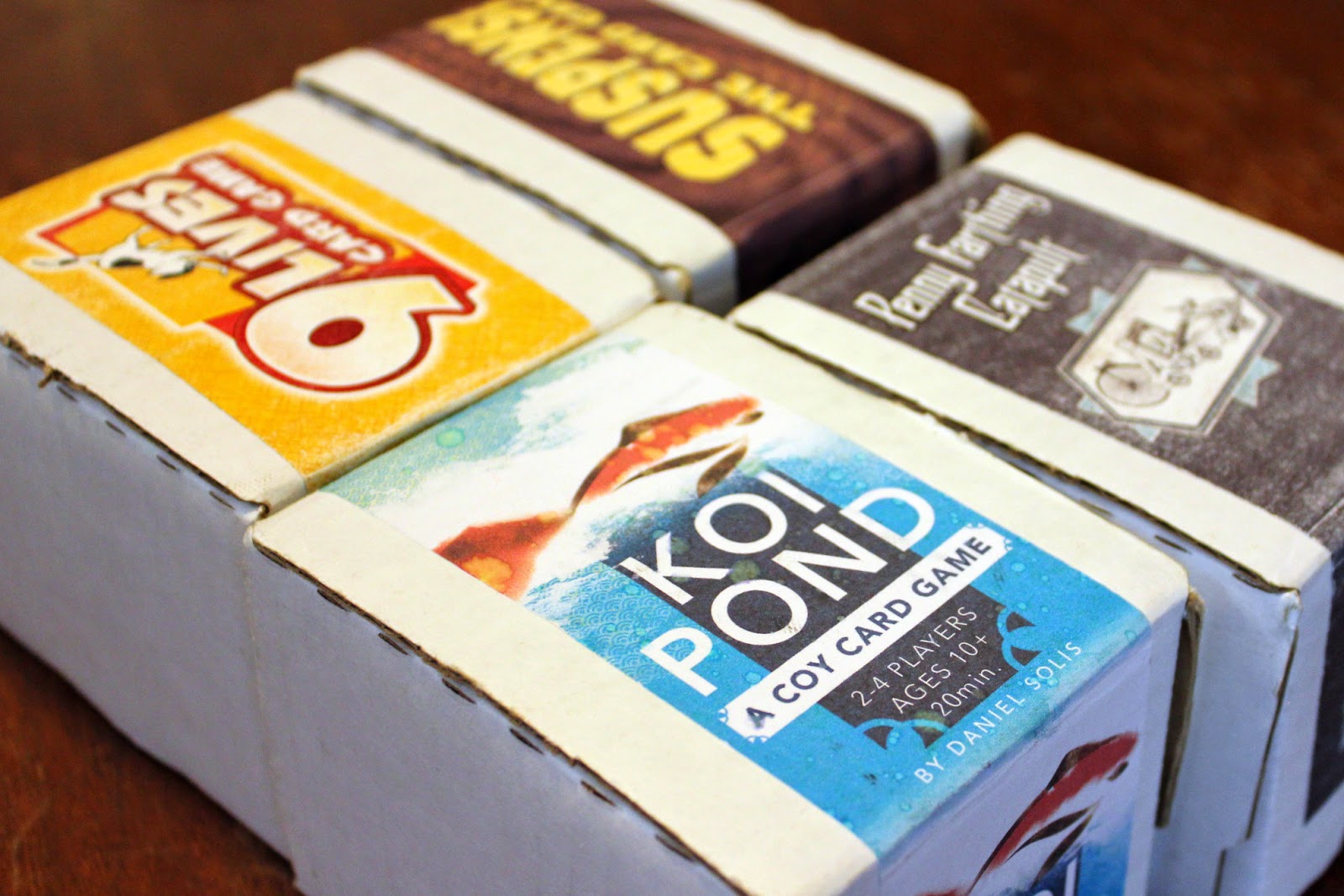Gatekeeping: Worker Placement Mechanism

Here's a little game mechanism to chew on. Let's call it gatekeeping . It's a model for one group getting access to a resource first, then establishing the terms by which any newcomer may get access to that resource. This is a heavy, complicated topic and definitely not my normal design space. Instead of a heavy-handed metaphor, I wanted to explore the mechanisms so that you understood the phenomenon without predispositions and a real-world bias. I find a safe comfort in the abstract. So here's the idea: Place a worker. That worker establishes terms for the subsequent workers placed there. Those terms are inspired by any number of other worker placement games like Keyflower, Bruxelles, Coal Baron. Terms might be: Placing a worker costs $1. Must place +1 worker here. Must keep workers here an extra turn. Workers must be same color. I think it would be easiest to translate this to card play, with each card representing a "worker" and its terms pri






